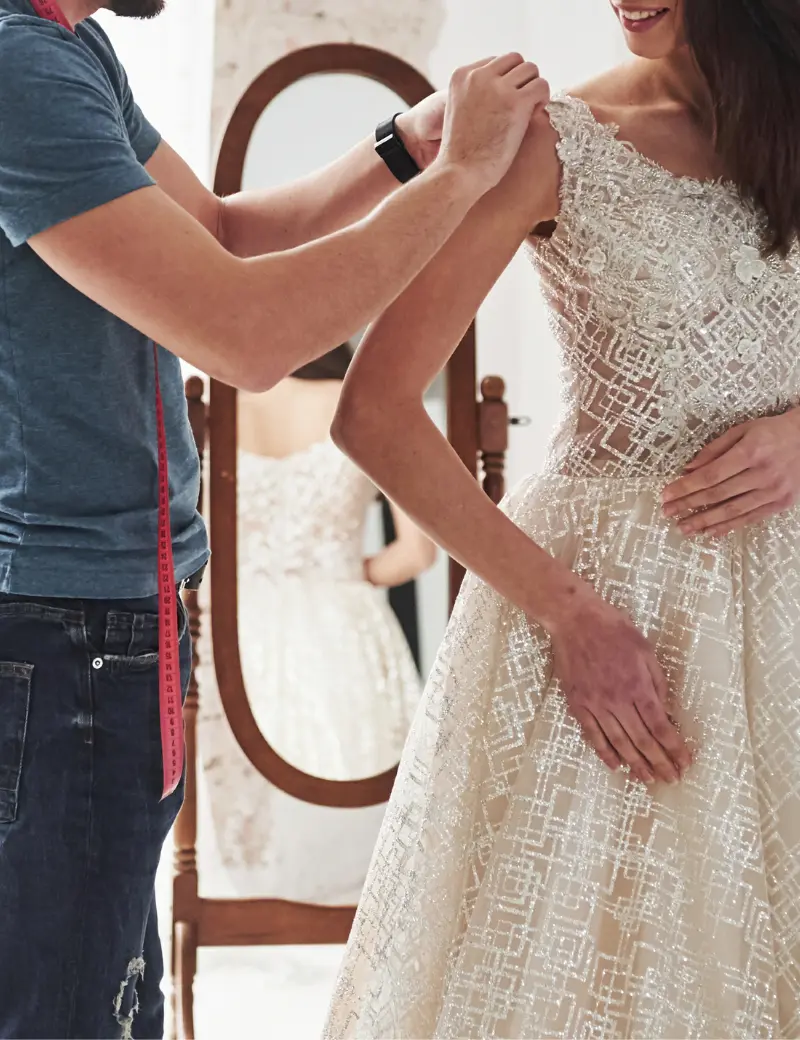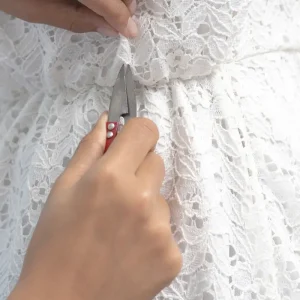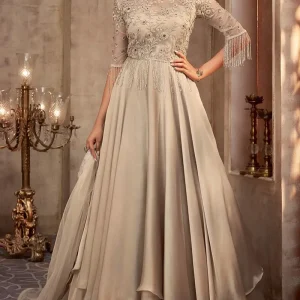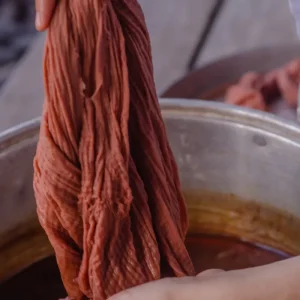No products in the cart.
Shoulder & Armhole Adjustment Services for Women’s Clothes
From ₹149.00
Enhance the fit and style of your Indian attire with our Sleeve Adjustment Service. Whether you’re looking to adjust the sleeves of a saree blouse, kurti, Anarkali, lehenga choli, or fusion wear, our expert tailoring ensures a flawless, comfortable fit that complements your unique body shape and personal style.
Choose any of the below options tailored to your occasion.
Description
Shoulder and armhole adjustments are crucial for achieving a well-fitted, comfortable look in women’s garments. Whether you’re working with saree blouses, kurtis, lehengas, or Anarkalis, getting the right shoulder and armhole fit can make a significant difference in the overall appearance and comfort of the garment. Here are some pointers on adjusting the shoulder and armhole in Indian women’s clothing:
1. Shoulder Adjustments for Blouses and Kurtis:
- Shoulder Fit: If the shoulders of your blouse or kurti feel too tight or too loose, the shoulder seams can be adjusted. If too tight, you can let out the seam to add a little more room. If too loose, the shoulder seams can be taken in to create a more fitted, structured look. It’s important that the shoulder seam aligns with the edge of your natural shoulder to ensure the garment hangs properly.
- Adding or Removing Shoulder Pads: Some blouses, especially those with structured designs, may have shoulder pads. If the shoulder pads feel bulky or uncomfortable, they can be removed or replaced with thinner pads for a more natural fit. Alternatively, if the blouse lacks structure, adding lightweight shoulder pads can improve the silhouette and help the garment sit properly.
- Sloping Shoulder Adjustment: If you have a sloping shoulder, a custom shoulder adjustment might be necessary to prevent the garment from bunching or pulling. This can be achieved by altering the slope of the shoulder seam, ensuring that the garment sits correctly and comfortably on your body.
- Wide or Narrow Shoulders: For wide shoulders, a slight tapering at the shoulder seam can help balance the garment’s fit. For narrow shoulders, you can add a bit of width at the shoulder seam to give more structure and prevent the garment from appearing too loose.
2. Armhole Adjustments for Blouses, Kurtis, and Anarkalis:
- Armhole Tightness: An armhole that is too tight can restrict movement and cause discomfort. If the armhole feels tight, it can be loosened by adjusting the side seams or letting out the armhole seam to create a more comfortable fit. Make sure the new armhole shape is smooth and doesn’t pinch or pull at the fabric.
- Armhole Looseness: On the other hand, if the armhole feels too loose, the garment might look saggy and ill-fitting. You can take in the armhole by narrowing the seam and ensuring the fabric doesn’t gape at the side or underarm. This is especially important for fitted blouses or kurtis, where a clean, tailored look is desired.
- Deepening or Raising the Armhole: If the armhole feels too shallow or deep, it can be adjusted to suit your comfort and style. A deeper armhole can provide more freedom of movement, while a higher armhole might give a more structured, fitted look. However, make sure to maintain a balanced fit that doesn’t restrict your arm or make the fabric bunch up.
- Underarm Gaping: Sometimes, when the armhole is too wide, it can cause gaping under the arms. This can be corrected by taking in the side seams and armhole edges. It’s essential to make sure that the fit remains smooth and natural, without causing any additional tightness in the bust or waist area.
3. Adjusting the Armhole for Different Sleeve Styles:
- Fitted Sleeves (e.g., in Blouses and Kurtis): If you’re wearing a fitted sleeve and the armhole is too tight or loose, this will affect how the sleeve fits. A tight armhole might cause discomfort or prevent movement, while a loose armhole might cause the sleeve to look sloppy. Adjusting the armhole to match the sleeve style ensures a smooth fit that doesn’t pinch or sag.
- Cap Sleeves or Sleeveless Styles: When adjusting for cap sleeves or sleeveless designs, it’s important to ensure that the armhole isn’t too wide or gaping, especially around the armpit area. You can reduce the width of the armhole for a cleaner, more defined look, which helps avoid any awkward gaps or bulging fabric.
- Flared or Bell Sleeves: If the garment features a flared or bell sleeve, the armhole needs to be wider for movement. However, be careful not to make it too wide, as this can lead to a loose, unflattering fit. A slight tapering towards the waist will help keep the shape of the garment balanced.
4. Armhole Adjustments for Anarkalis and Lehengas:
- For Structured Anarkalis: Anarkalis often feature a more structured upper portion, so it’s essential that the armhole fits correctly to avoid discomfort. Adjusting the armhole may be necessary if it feels too tight or too loose, especially if you’re working with fabrics like silk, brocade, or velvet that are less forgiving in terms of stretch.
- For Flowing or A-Line Anarkalis: If the armhole area of a flowing or A-line Anarkali feels too loose or wide, you can adjust the fit by taking in the armhole slightly along the seams. This will prevent the fabric from bunching or gaping around the arms while still allowing for a relaxed, flowing look.
- Lehenga Cholis: When adjusting a lehenga choli, it’s important to ensure that the armholes are neither too tight nor too loose. Lehenga cholis often come with tight-fitting bodices, and any misfit in the armhole can affect the garment’s overall appearance and comfort. Ensure the armhole provides enough space for movement while maintaining a structured and flattering fit.
5. General Tips for Shoulder and Armhole Adjustments:
- Check for Comfort: Always try the garment on before and after making adjustments to ensure that the fit feels comfortable, especially around the shoulders and armholes. You should be able to move your arms freely without restriction.
- Seam Allowance: Before making any adjustments, check if the garment has extra seam allowance to allow for alterations. If there is no extra seam allowance, some fabric may need to be added to adjust the fit.
- Keep the Garment’s Design in Mind: When making shoulder and armhole adjustments, ensure that the changes maintain the overall style and silhouette of the garment. Whether the garment is a fitted blouse or a loose kurti, the fit around the shoulder and armhole should complement the design.
- Professional Tailoring: For complex adjustments, especially on heavily embellished garments like lehengas or saree blouses, it’s often best to seek professional tailoring to ensure that the adjustment is done neatly and without compromising the fabric or embellishments.






